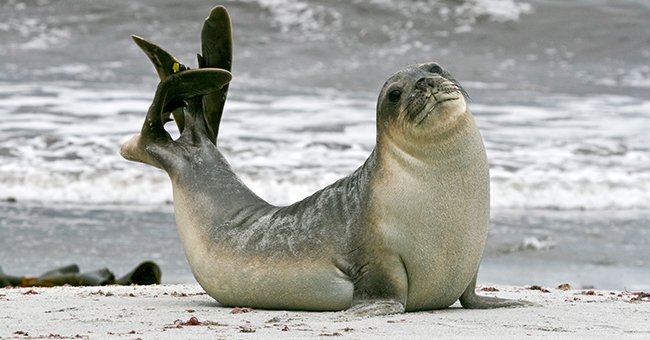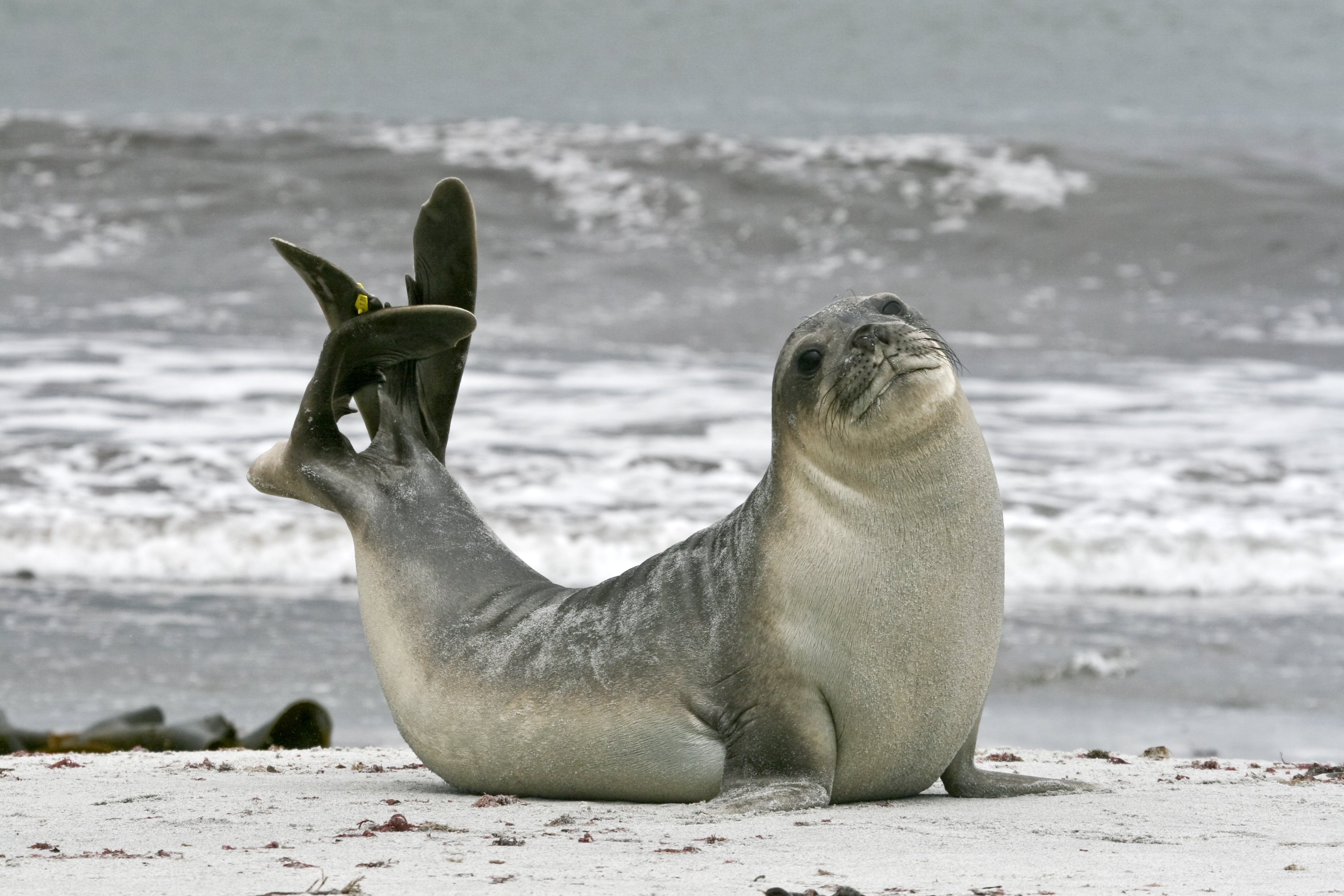
Scientists Enlist the Support of Antarctic Seals to Study Melting Glaciers
In the ongoing battle to save the world from the consequences of climate change, scientists have partnered up with Antarctica's seals to learn more about the melting glaciers.
Climate change is an ongoing crisis that has affected the world in various ways, especially in terms of the loss of Antarctica's ice-covered landmass. However, scientists have developed a unique way to study this problem.
Investigating Antarctica's melting glaciers is crucial to the world's battle against climate change. This continent is considered the "Earth's thermostat" because of its role in regulating the planet's climate system.

Young southern elephant seal bull (Mirounga leonina) on the beach on Seal Lion Island, Falkland Islands | Photo: Shutterstock
Although Antarctica's harsh climate and secluded location have made the environment difficult for researchers to study, it wasn't a problem for some of the continent's well-known residents — the seals.
These aquatic creatures thrive in the ice-cold waters of Antarctica, thereby making them the perfect partners for scientists from the Sea Mammal Research Unit at the University of St Andrews in Scotland.
The species reportedly chosen for the research are Weddell and elephant seals. These animals are sedated before being equipped with sensors to gather information from the various parts of the ocean inaccessible to man.
An initiative was also launched in 2021 with the aim of protecting at least 5% of the ocean in the next five years.

St. Andrews university campus landscape on September 15, 2016 | Photo: Shutterstock
Because of this process, scientists have been able to come one step closer to understanding the impacts the loss of glaciers will have on the world, thanks to the data collected from the tagged seals.
The information obtained for these animals has helped researchers find a significant winter meltwater distribution pattern near the Pine Island Glacier, located at the West Antarctic ice shelves.

In a Modern Laboratory Two Scientists Conduct Experiments. Chief Research Scientist Adjusts Specimen in a Petri Dish and Looks on it Into Microscope | Shutterstock
However, seals weren't the only animals working with scientists. In Svalbard, the Norwegian archipelago found in the North from the mainland is an ideal environment for polar bears to thrive in.
These furry animals are captured by researchers and equipped with tracking collars that regularly monitor their movements. Scientists use the data received from the collars to study how these bears are affected by climate change.
Aside from working with animals to combat this global environmental issue, an initiative was also launched in 2021 with the aim of protecting at least 5% of the ocean in the next five years.
This project is known as the "Blue Nature Alliance, " and it will reportedly encompass the collaborative efforts of environmental and social non-profits organizations such as Pew Charitable Trusts and the Global Environment Facility.
